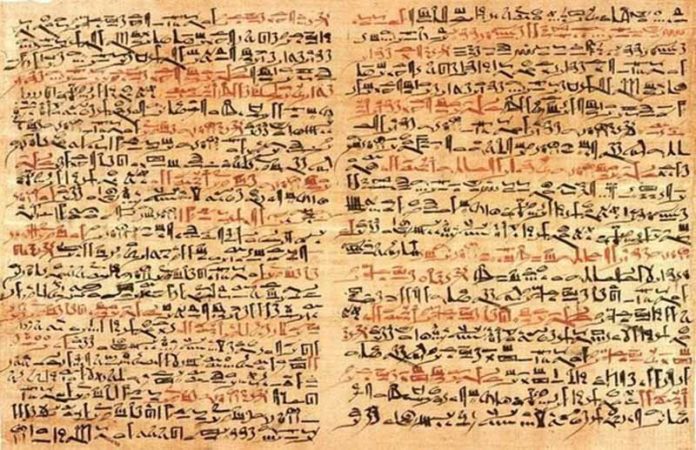Though the manufacturing of paper has changed considerably over the years, the papyrus invented by the Egyptians was not altogether dissimilar from modern paper.
With the advent of modern computer systems and the popularity of electronic media, doesn’t it seem as if the world’s use of paper should be steadily decreasing as older forms of media are gradually phased out? As it turns out, over the past twenty years, paper use in the U.S. (the world’s largest consumer of paper) has increased by about 126%.
Things, in other words, seem to be working in a direction contrary to logic. Now, there are lots of answers as to why this may be, and surely there is a great deal of comfort to be gained from the fact that about half of all material used to make paper is recycled, and that number will surely rise even further as people are encouraged to recycle their waste paper.
So who was it, exactly, that started mankind on this journey toward the printed page and landfills full of waste paper?
The Earliest Paper
Like so many other things, we can blame (or credit) the ancient Egyptians for inventing paper.
In fact, the first paper known to historians does not actually seem all that antiquated, even compared to today’s world of micro-fiber security checking paper. While it does seem somewhat uneconomical and horribly time consuming to produce (at least, looking at it through modern eyes), the production and use of Papyrus in Egypt more than one thousand years B.C. appeared to be a fairly well-established system, and one which lasted for more than two thousand years as the primary source of paper in the world.
It wasn’t until the last century B.C. and first century A.D. that an additional form of paper, parchment (animal skins), began to give papyrus a run for its money as the primary writing surface of the time. Even then, papyrus remained invaluable for use in scrolls, while codices (ancient forms of bound books) were generally made using parchment.
Interestingly, the word papyrus (named for the plant from which it is produced) is the word from which the modern word paper was derived. Furthermore, most of the ancient papyrus plants were shipped through the Lebanese Mediterranean port-city of Byblos, which as a result was named for the Greek word for book, which is also the word which is the basis for such English words as Bible, Bibliography and Bibliophile.
The Ancient Paper-Making Process
In order to fashion a piece of papyrus paper out of papyrus plants, the following steps were taken by those ancient paper-makers: the stem of the plant, containing a sticky, fibrous stalk, was cut into long, thin strips, then laid down slightly overlapping each other on a hard surface after having been soaked in water for some time in order to aid in adhesion.
Another layer was then placed on top, perpendicular to the first. From here, the layers were hammered together until it was thin, smooth, and a single surface. Pressure was applied to the papyrus as it dried (a weight was often placed on top of it with a flat surface on the bottom), which takes several days. Lastly, the dried paper is smoothed and polished with whatever tools were available – usually stones or some other smooth object. And that’s it. To make a scroll, the process was similar, though obviously just a little more complicated and time consuming, as the pages then had to be joined end to end to make one long piece.
The Upside and the Downside
Papyrus was the ideal form of paper in the locations where it was originally used – Egypt and throughout the Middle East, for these are dry climates, and therefore the paper could hold up and be preserved for a considerable amount of time (such as in the famous case of the Dead Sea Scrolls, which held up more than two thousand years in such a climate. With the addition of any humidity, however, papyrus is not at all resistant to mold, which will quickly eat away and destroy the organic paper.
Needless to say, while papyrus was good while it lasted, and quite ingenious for its time, modern society has made such difficulties a thing of the past with our modern paper processing plants which churn out billions of pages every year.
While the process of paper making has changed considerably over the three thousand year history of paper, the product has remained surprisingly similar. Give an ancient Egyptian a piece of modern paper, and they would surely have no trouble figuring out its purpose, for their invention has truly withstood the test of time.








